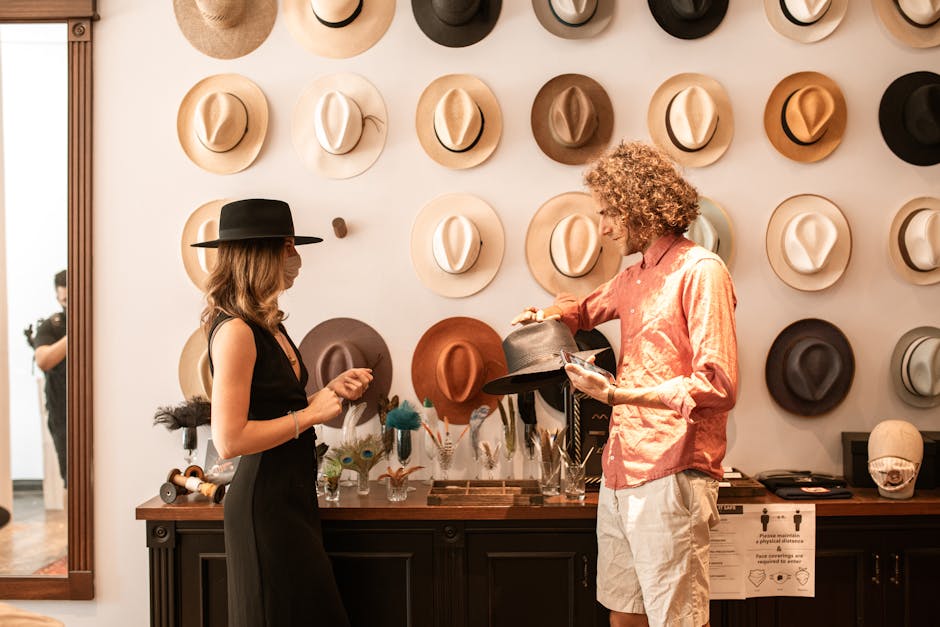The Art of Boutique Hotel Design: Creating Unique Guest Experiences
The design of boutique hotels has become a creative discipline, blending architecture, interior design, and hospitality to craft spaces that leave lasting impressions on guests. Unlike large-scale hotel chains, boutique hotels are celebrated for their individuality, often reflecting the local culture, history, or aesthetic sensibilities of their surroundings. These establishments aim to provide more than just a place to stay; they offer an experience that is as unique as their design.

1. The Importance of First Impressions
First impressions in boutique hotels are shaped by the immediate visual and sensory experiences a guest encounters upon arrival. From the entrance to the reception area, every element is meticulously planned to evoke a sense of warmth and exclusivity. Design elements such as lighting, color palettes, and decor play crucial roles in creating an inviting atmosphere.
For instance, many boutique hotels opt for custom-designed furniture or locally sourced materials to reflect the essence of their locale. A hotel located in a coastal town may incorporate natural wood and light, airy fabrics to mirror its environment. These thoughtful details set the tone for a memorable stay.
A growing trend involves integrating art into the hotel’s design. Large-scale murals, sculptures, or curated galleries not only enhance the aesthetic appeal but also position the hotel as a cultural hub. This approach has been seen in properties like The LINE Hotel in Los Angeles, which features rotating exhibits by local artists.
2. Personalized Guest Rooms
Boutique hotels prioritize individuality, and this philosophy extends to their guest rooms. Each room often features distinct layouts, decor, and amenities to ensure no two stays feel identical. The emphasis on personalization fosters an intimate connection between the guest and their environment.
Designers often draw inspiration from the hotel’s geographic location or historical significance. For example, The Greenwich Hotel in New York City combines industrial elements with warm textures to reflect its Tribeca roots while maintaining a luxurious feel.
Additionally, functionality is seamlessly integrated into aesthetics. High-quality bedding, ergonomic furniture, and modern conveniences like smart room controls demonstrate how boutique hotels balance style with comfort. These details cater to both leisure and business travelers who seek refined yet practical spaces.
3. Common Areas That Foster Connection
The shared spaces in boutique hotels are designed to encourage interaction while maintaining privacy when needed. Whether it’s a cozy library lounge or an open-air courtyard, these areas serve as extensions of the guest rooms, offering places to relax, work, or socialize.
- Thoughtfully curated libraries or reading nooks with books that resonate with the hotel's theme.
- Communal tables in dining areas that encourage mingling among guests.
- Outdoor spaces like rooftop terraces or gardens for peaceful retreats.
An example is Hotel Emma in San Antonio’s historic Pearl District, where communal spaces blend modern luxury with historical charm. Guests can enjoy cocktails at its bar set inside a former brewery or relax by the riverside while soaking in the city’s heritage.
4. Sustainability in Design
Sustainability has become a cornerstone in modern boutique hotel design. From using eco-friendly materials to implementing energy-efficient technologies, designers are redefining what luxury means without compromising environmental responsibility.
Many properties integrate green roofs, solar panels, and water-saving systems as part of their commitment to sustainability. The Zoku Hotel in Amsterdam stands out with its modular room designs that reduce construction waste and maximize resource efficiency.
Sourcing local materials not only supports regional economies but also reduces transportation emissions. Additionally, some hotels collaborate with artisans to create custom decor pieces that celebrate traditional craftsmanship while promoting sustainability.
5. Culinary Experiences That Complement Design
The dining experience is another integral component of boutique hotels that ties into their overall design ethos. Restaurants and bars within these establishments are often extensions of their brand identity, reflecting similar themes and aesthetics found throughout the property.
The menu offerings frequently highlight local ingredients and culinary traditions, creating an authentic taste of place for guests. At Nimb Hotel in Copenhagen, for example, the dining spaces are designed as immersive experiences where interiors complement gourmet Nordic cuisine.
Open kitchens or chef’s tables enhance the sense of intimacy between guests and their food preparation process. Combined with visually striking interiors (be it minimalist Scandinavian styles or opulent Art Deco designs) these spaces make dining memorable beyond the plate.
6. Technology Meets Tradition
Boutique hotels have successfully integrated advanced technology without losing touch with traditional hospitality values. Smart room controls for lighting and temperature adjustments provide convenience while maintaining energy efficiency.
Some properties are experimenting with virtual reality tours during check-in or offering apps that allow guests to customize their stay preferences before arrival. These innovations never overshadow personal touches like handwritten welcome notes or bespoke concierge services that remain hallmarks of boutique hospitality.
7. Designing for Longevity
A critical aspect of boutique hotel design is creating timeless spaces that continue to resonate with guests over years or decades. While trends may influence certain elements like color schemes or furniture choices, lasting designs focus on quality craftsmanship and enduring aesthetics.
This approach ensures that properties remain relevant even as consumer preferences evolve over time, showcasing how thoughtful design can balance innovation with tradition effectively. The success of these establishments lies in their ability to adapt while staying true to their unique identities, a testament to the ingenuity behind their designs that continue capturing hearts worldwide.
Boutique hotel design is more than just an artistic endeavor; it’s about crafting environments where guests feel valued and inspired during their stay. From personalized guest rooms to sustainable practices and culturally rich common areas, every detail contributes to an immersive experience rooted in authenticity and creativity.
This article was generated by AI